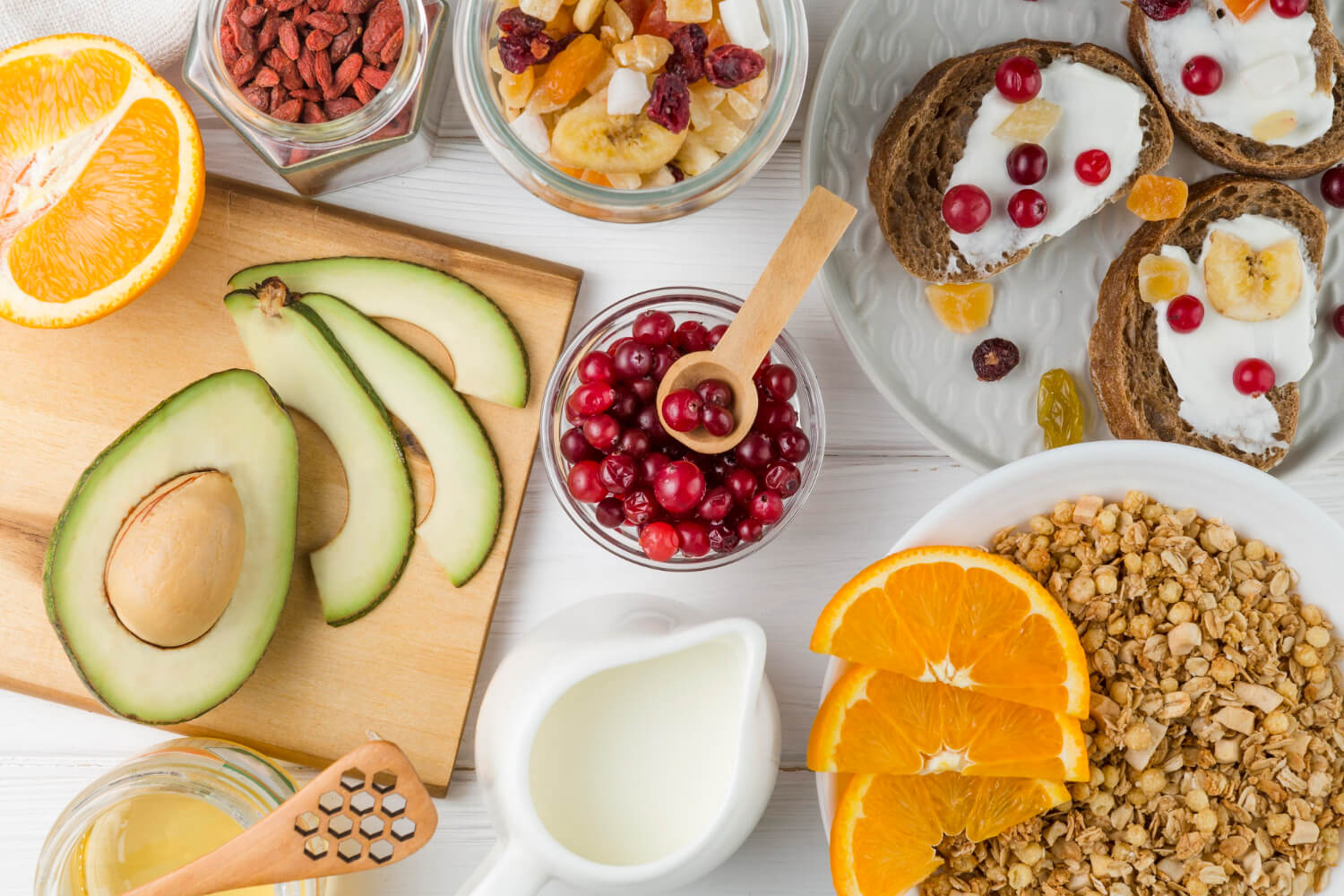Maintaining a balanced diet can feel like an overwhelming puzzle, especially when you’re just starting out. With so many opinions and trends out there, how do you even know where to begin? The truth is, eating healthily doesn’t have to be complicated. A balanced diet is all about giving your body the nutrients it needs to grow, and creating a plan can make this both simple and sustainable.
This beginner’s guide will walk you through everything you need to know about building a balanced diet created to your lifestyle. From understanding the key food groups to practical tips for meal planning, including how to spot hidden sugars in packaged foods, this guide is designed to remove the guesswork and set you up for success. Whether you’re aiming to boost your energy, improve your well-being, or simply establish better eating habits, you’ll find all the tools you need right here.

The Essential Food Groups You Need to Include
To build a balanced diet, understanding the five essential food groups is key. Each group brings unique nutrients your body needs to stay healthy and energized.
- Fruits and Vegetables: These should form the foundation of your meals. Packed with vitamins, minerals, and fiber, they support your immune system and digestion. Aim for a colorful variety to get a range of nutrients.
- Proteins: From lean meats and fish to plant-based options like beans, lentils, and tofu, protein helps repair tissues and build muscles. Include it in every meal for sustained energy.
- Whole Grains: Think oats, brown rice, and whole-wheat bread. These provide complex carbohydrates that keep you full longer and help stabilize blood sugar levels.
- Dairy or Dairy Alternatives: Milk, yogurt, and cheese offer essential calcium and vitamin D for strong bones. Choose low-fat or fortified options if you prefer alternatives.
- Healthy Fats: Nuts, seeds, avocados, and olive oil supply good fats that support brain health and hormone production.
By combining these groups in the right proportions, you’ll give your body the nutrients it needs to thrive!
How to Build a Balanced Meal Step by Step
Creating a balanced meal is easier than you think! Just follow these simple steps:
-
Start with Vegetables: Fill half your plate with a mix of colorful vegetables. These are low in calories but high in vitamins, minerals, and fiber. Examples include spinach, broccoli, carrots, or peppers.
-
Add Lean Protein: Take up about a quarter of your plate with lean protein. This can be chicken, fish, tofu, eggs, or legumes like beans and lentils. Proteins keep you full and support muscle growth.
-
Include Whole Grains: Use the remaining quarter for whole grains like quinoa, brown rice, or whole-wheat pasta. These provide energy-boosting complex carbs.
-
Add Healthy Fats (in Moderation): Dust some nuts, seeds, or avocado slices, or drizzle a bit of olive oil over your dish. Healthy fats are essential for brain and heart health.
-
Round It Out: Pair your meal with a serving of fruit or dairy for extra nutrients and a touch of sweetness.
By combining these elements, you’ll have a nourishing, well-balanced meal that fuels your body and satisfies your taste buds!
Tracking Your Progress and Staying Motivated to Succeed
Tracking your progress is one of the best ways to stay on course and celebrate your achievements along the way. Begin by setting clear, realistic goals for your balanced diet plan. Whether it’s eating more veggies, reducing sugar intake, or cooking at home more often, having specific targets gives you something to aim for.
Keep a food journal or use a nutrition app to log your meals. This helps you identify patterns and areas for improvement. Don’t forget to track how you feel physically and emotionally as you make changes–increased energy or better mood can be powerful motivators!
Stay motivated by rewarding your progress. Celebrate small wins, like hitting your veggie goal for the week, with non-food rewards such as a new book or a spa day. Surround yourself with supportive friends or join online communities pursuing similar goals to keep you inspired.
Lastly, remember that setbacks are normal. Focus on your progress, not perfection, and remind yourself why you started. Every small step brings you closer to a healthier, balanced lifestyle!
Conclusion
Creating a balanced diet plan doesn’t have to be complicated. By understanding essential food groups, building meals step-by-step, and tracking your progress, you can take charge of your health. Start small, stay consistent, and enjoy the benefits of keeping your body healthy. For more tips and insights, explore our collection of nutrition articles to continue your journey toward better eating. What changes will you make to your plate today? What changes will you make to your plate today?




